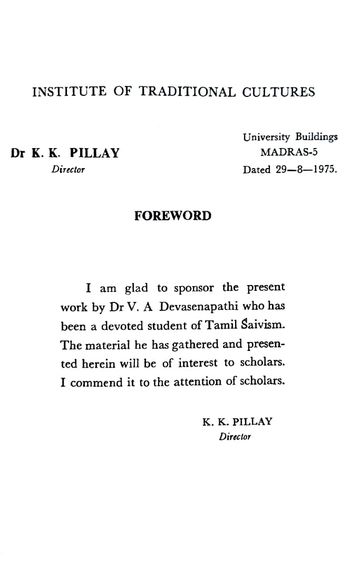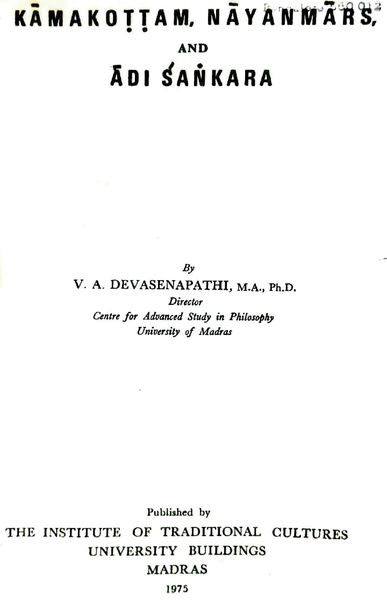Puspagiri Mathāmnaya
” All the Sankarite Institutions in the Mysore state and Ceded Districts have the epithet “tungabhadra -tiravasi” and ” Karnataka-simhasana- pratisthapanacarya” in the preamble to epistles being issued, that is, Srimukhas.
The expression, “Karnataka-simhasana- pratisthapanacārya” refers to Vidyaranya the reputed founder of Vijayanagara Empire. In the seals of most of these institutions the name of Vidyāśankara is also embossed.
The epithets of the śrimukhams of all the institutions usually allude to the founders of the respective institutions.
And a reference to Vidyāranya stabilizing the Virūpākṣa matha and the on the banks of the river Tungabhadrā in a hymn styled Puspagiri mathāmnaya which is quoted in the Sānkaramaṭha-tattva-prakāsika – sangraha published by the great Telugu Poet, Kokundrum Venkataratnam Pantulu gāru.
He states that Vidyāraṇya came from Kañcipuram to Hampi or Virupakṣa and wrought many miracles. And after his life work in that region he returned to Kāñcipuram with great pomp and splendour. 1.
Thus Kanci has been connected with the propagation of dharma through the Sankarite Institutions in the Andhra and Karnataka regions.”
Sri Vidyanya Swami’s visit from Kanchi to Hampi Virupaksha Kshetra, establishment of Matha and His samadhi at Kanchi.
….
ततः परं गजाद्रीन्दु-रूपके शकवत्सरे ।
विद्यारण्यगुरुः काञ्ची-नगर्यां सम्बभौ महान् ।।
….
पुण्यक्षेत्रे विरुपाक्षे मठमेकं मनोहरम् ।
…..
वैशाख कृष्णपक्षस्य तृतीयायां विधोर्दिने ।
विसृज्य काञ्चीनगरं सहैश्वर्यं सवाहनम् ।।
विद्यारण्यगुरु:स्वामी कैलासालयम् आविशत् ।।
…
tataḥ param gajadrindurupake sakavatsare | vidyaranyaguruh käñcinagaryam sambabhau mahān |
….
punyakşetre virupakşe mathamekam manoharam |
…
vaisākha kṛsnapakṣasya tṛtiyāyām vidhordine visrjya kāñcinagaram sahaisvaryam savāhanam || vidyaranyaguruḥsvami kailasālayam āvisat ||
(Dr.V.A.Devasenapati, Director, Centre for Advanced Study in Philosophy, Univerity of Madras – KAMAKOTTAM, NAYANMARS AND ADI SANKARA, Published By The Institute of Traditional Cultures, University Buildings, Madras, 1975. P. 50 &51)


